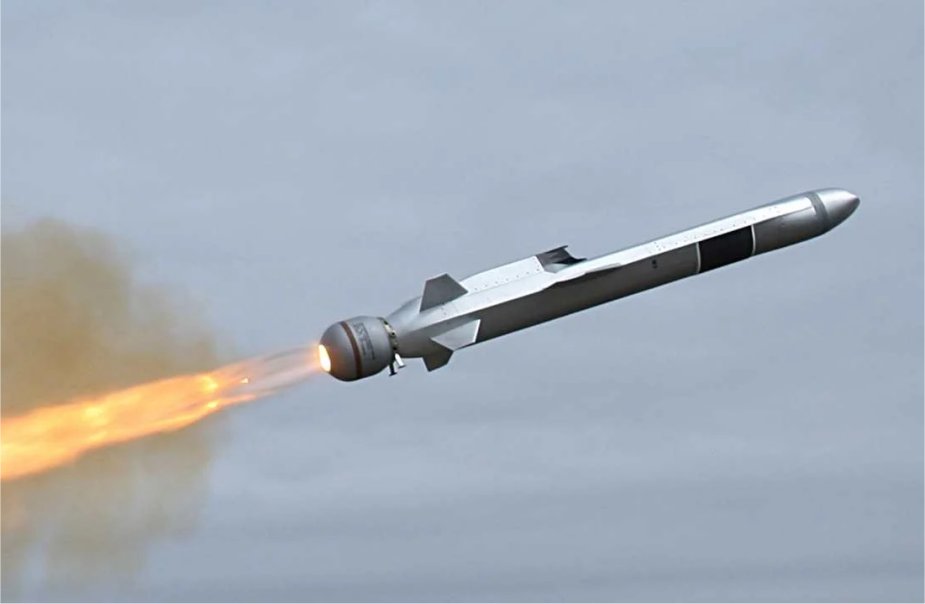Breaking news
Spanish Navy to acquire the Naval Strike Missile from Kongsberg.
According to a PR published by Kongsberg on September 12, 2022, the company has received a confirmation that the Spanish Navy will acquire the Naval Strike Missile (NSM) to replace the Harpoon missile when this is retired from active service.
Follow Navy Recognition on Google News at this link
 Artist rendering of the Naval Strike Missile (Picture source: Kongsberg)
Artist rendering of the Naval Strike Missile (Picture source: Kongsberg)
The Spanish Navy plans to equip both the existing F-100 and the new F-110 with NSM. Additional information will be announced when the contract is awarded. Kongsberg cannot provide any further comment on the potential size of this contract.
The Naval Strike Missile (NSM) is an anti-ship and land-attack missile developed by the Norwegian company Kongsberg Defence & Aerospace (KDA).
The state-of-the-art design and use of composite materials is meant to give the missile sophisticated stealth capabilities. The missile will weigh slightly more than 400 kg (880 lb) and have a range of more than 185 km (115 mi; 100 nmi).
NSM is designed for littoral waters as well as for open sea scenarios. The usage of a high-strength titanium alloy blast/fragmentation warhead from TDW is in line with the modern lightweight design and features insensitive high-explosive. Warhead initiation is by a void-sensing Programmable Intelligent Multi-Purpose Fuze designed to optimise effect against hard targets.
Like its Penguin predecessor, NSM is able to fly over and around landmasses, travel in sea skim mode, and then make random maneuvers in the terminal phase, making it harder to stop by enemy countermeasures.
While the Penguin is a yaw-to-turn missile, NSM is based on bank-to-turn flight (see Yaw (flight) and flight control). In 2016, it was confirmed by the Royal Norwegian Navy that NSM also can attack land targets.
The target selection technology provides NSM with a capacity for independent detection, recognition, and discrimination of targets at sea or on the coast.
This is possible by the combination of an imaging infrared (IIR) seeker and an onboard target database. NSM is able to navigate by GPS, inertial and terrain reference systems.
After being launched into the air by a solid rocket booster which is jettisoned upon burning out, the missile is propelled to its target in high subsonic speed by a turbojet sustainer engine—leaving the 125 kg multi-purpose blast/fragmentation warhead to do its work, which in case of a ship target means impacting the ship at or near the water line.
An NSM coastal battery consists of three missile launch vehicles, one battery command vehicle, three combat command vehicles, one mobile communication center, one mobile radar vehicle with TRS-15C radar, one transport, and loading vehicle, and one mobile workshop vehicle.
Each MLV carries 4 missiles and can be connected to the CCV by optical fiber or radio up to 10 km (6.2 mi) away; up to 6 launchers with 24 missiles can be netted together at once.
When installed on ships, NSMs can be deck-mounted in packs of one, two, three, four, or six launchers. Total installation weight, including electronics and cabling, is 8,600 lb (3,900 kg) for 4 launchers, 17,000 lb (7,700 kg) for 8 launchers, and 26,000 lb (12,000 kg) for 12 launchers.


























